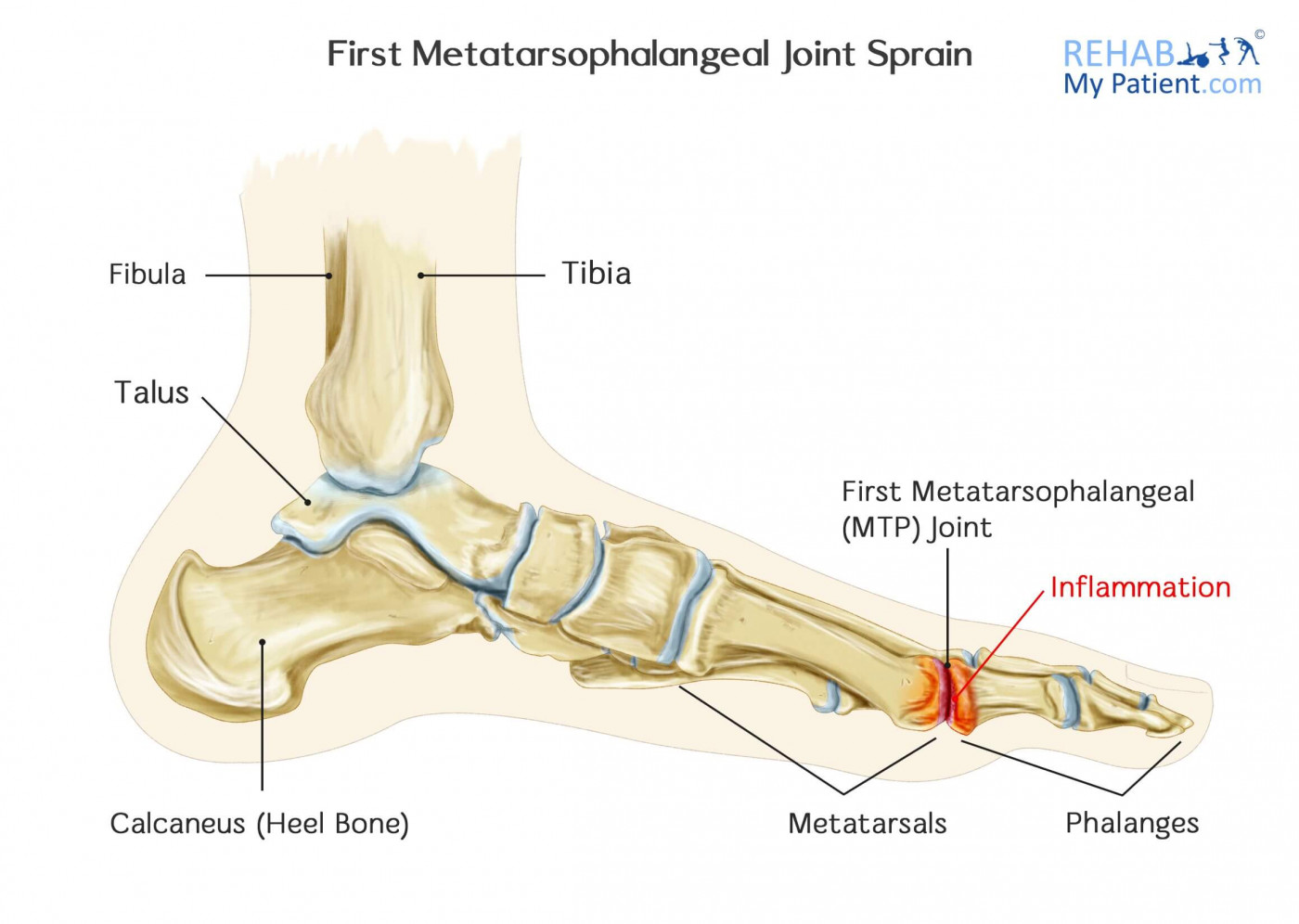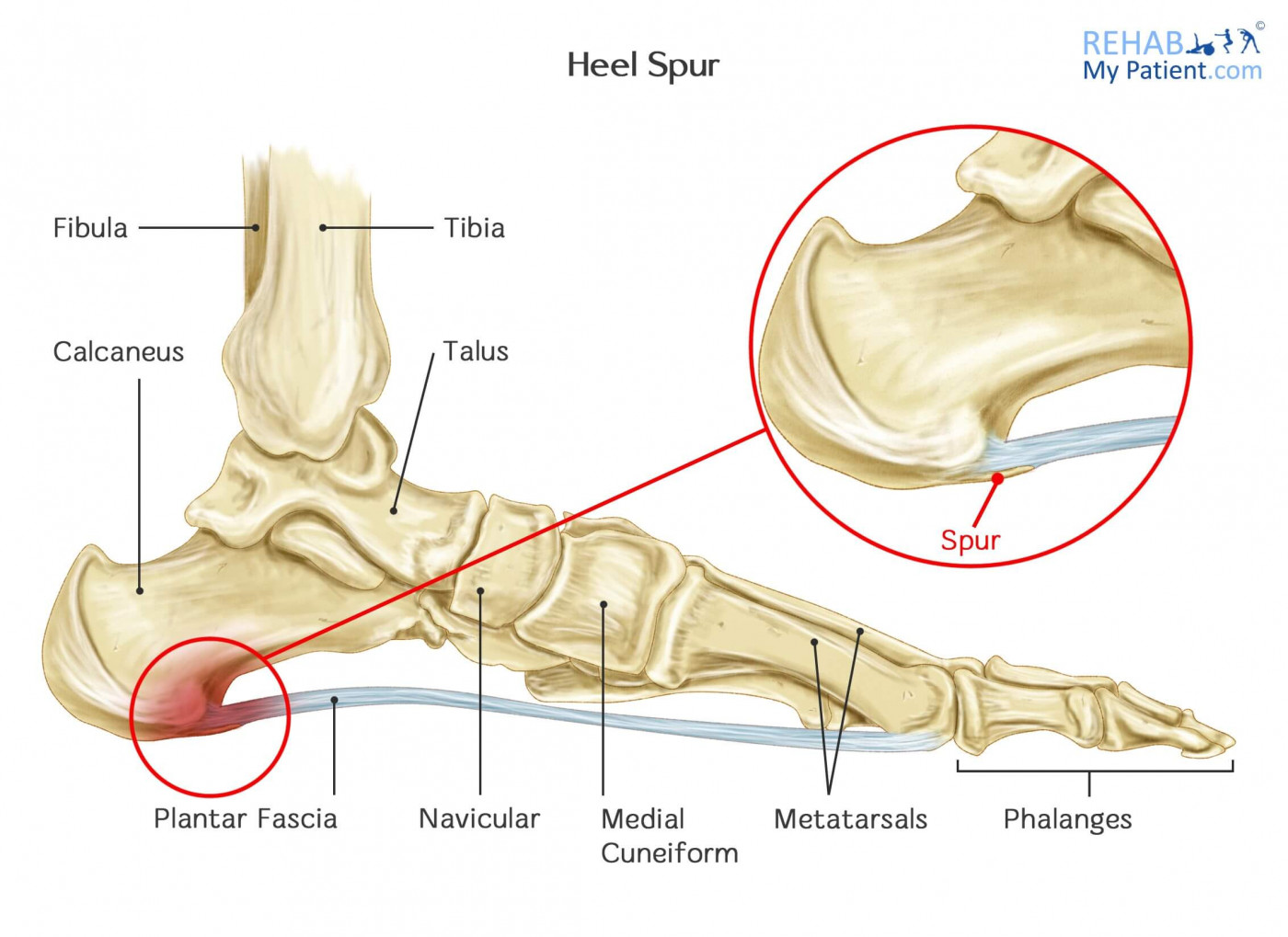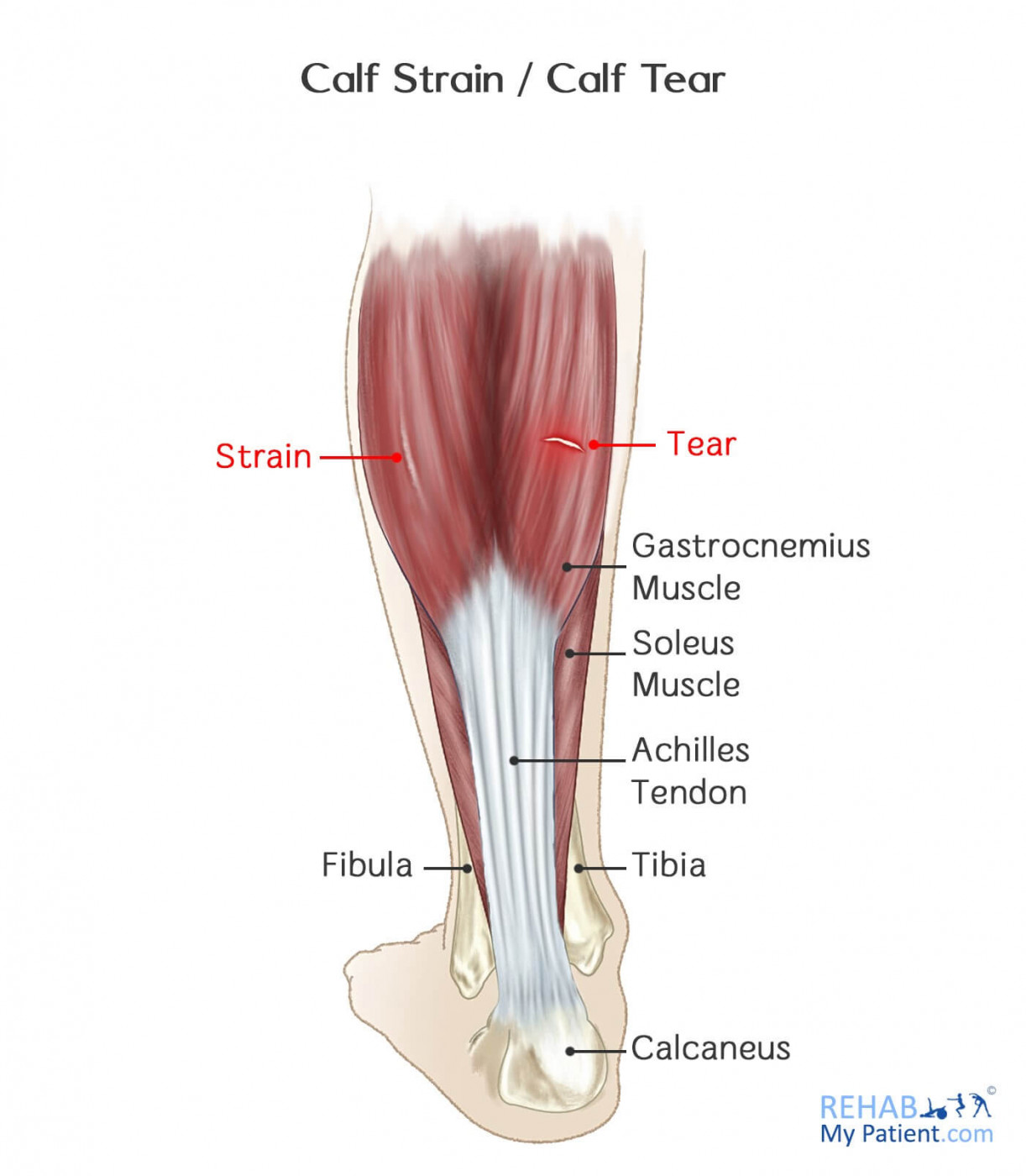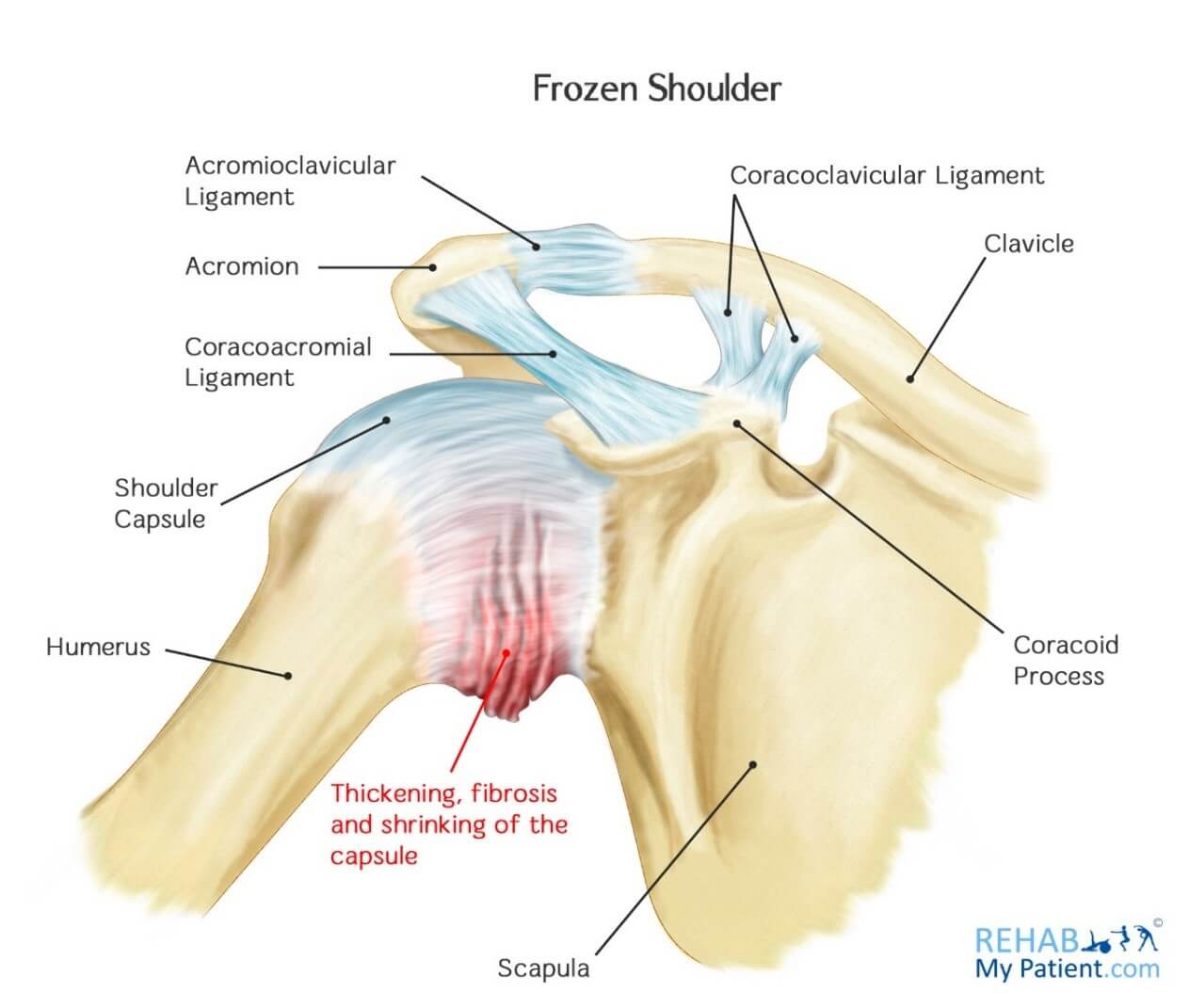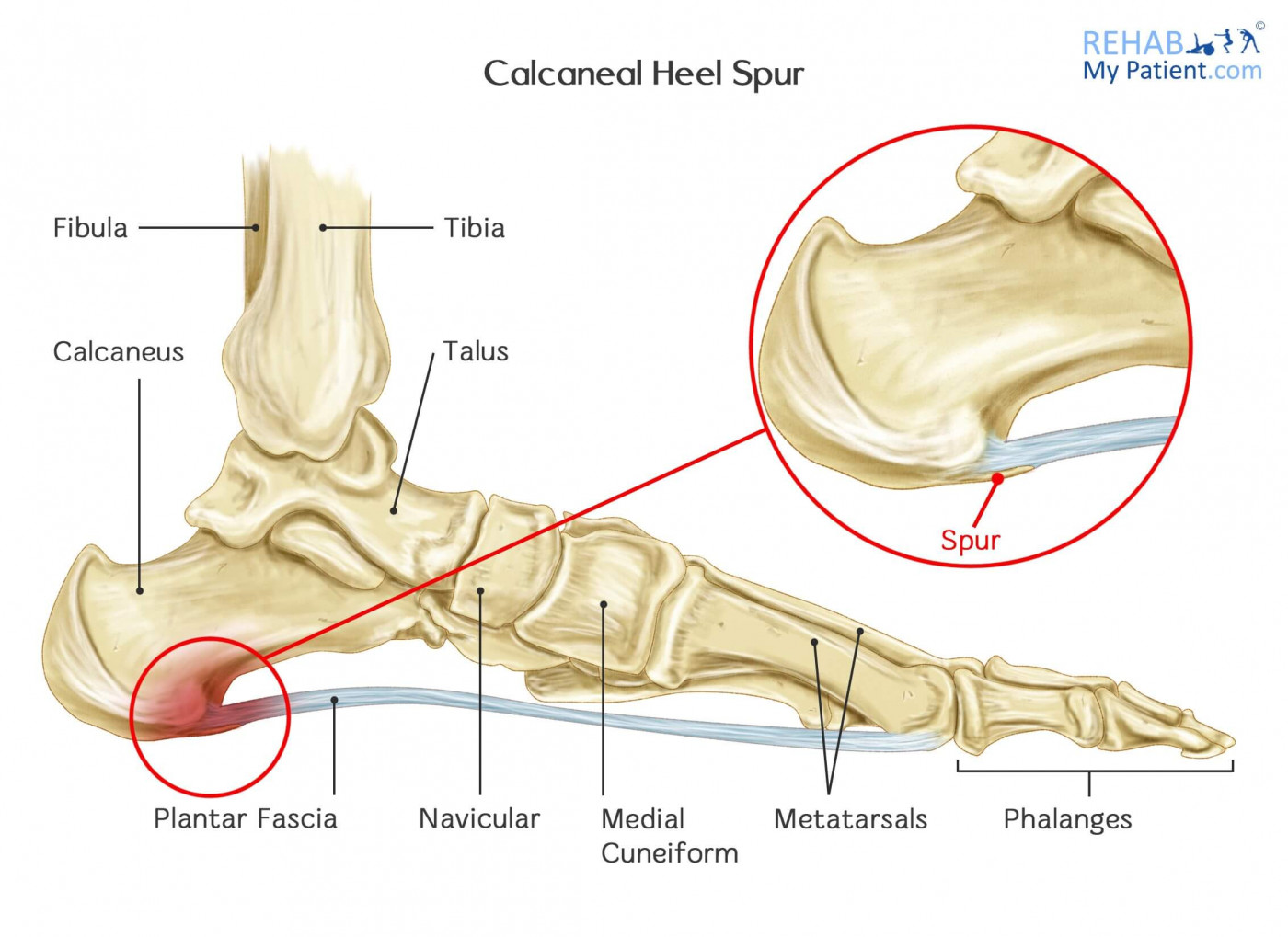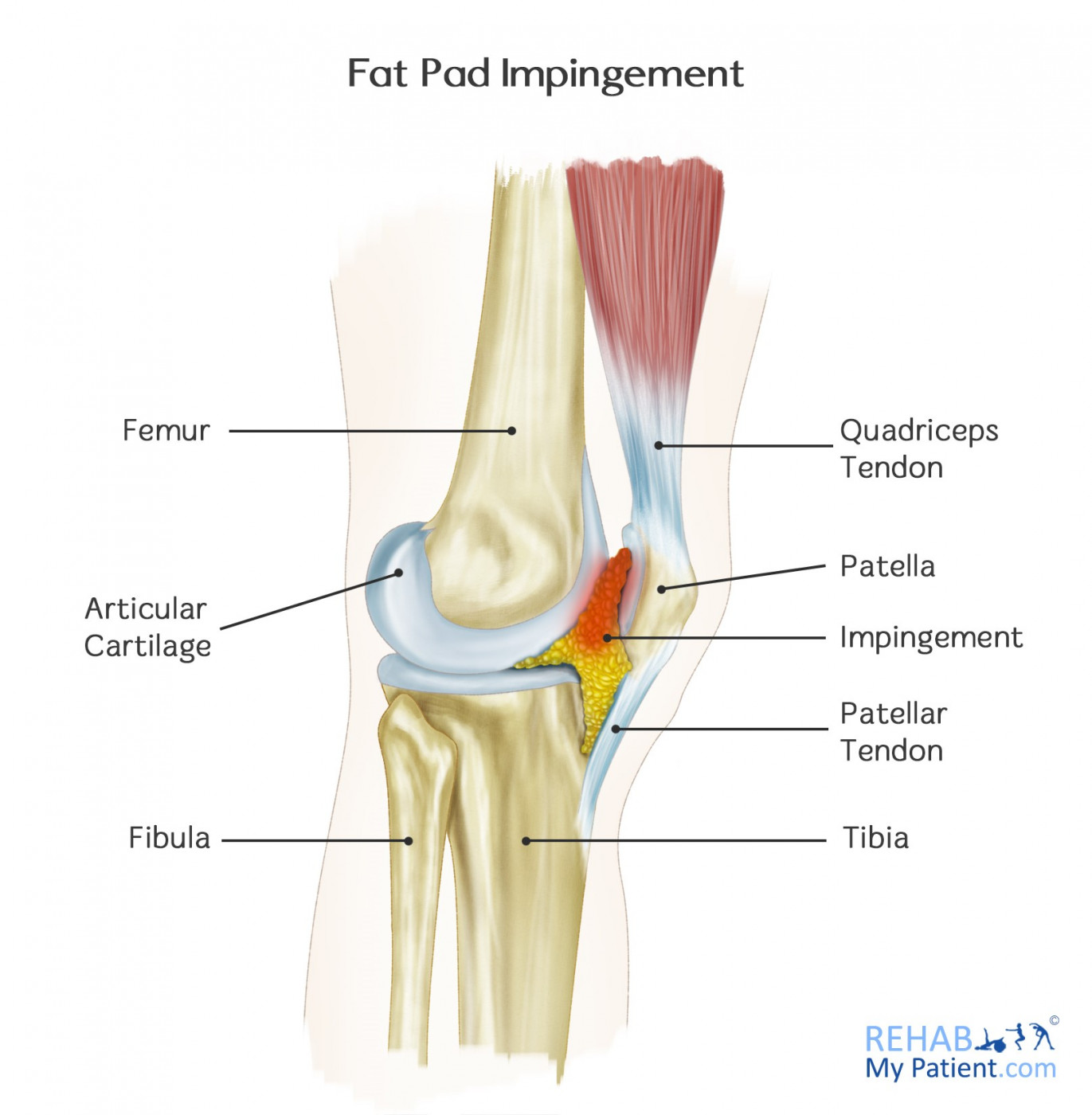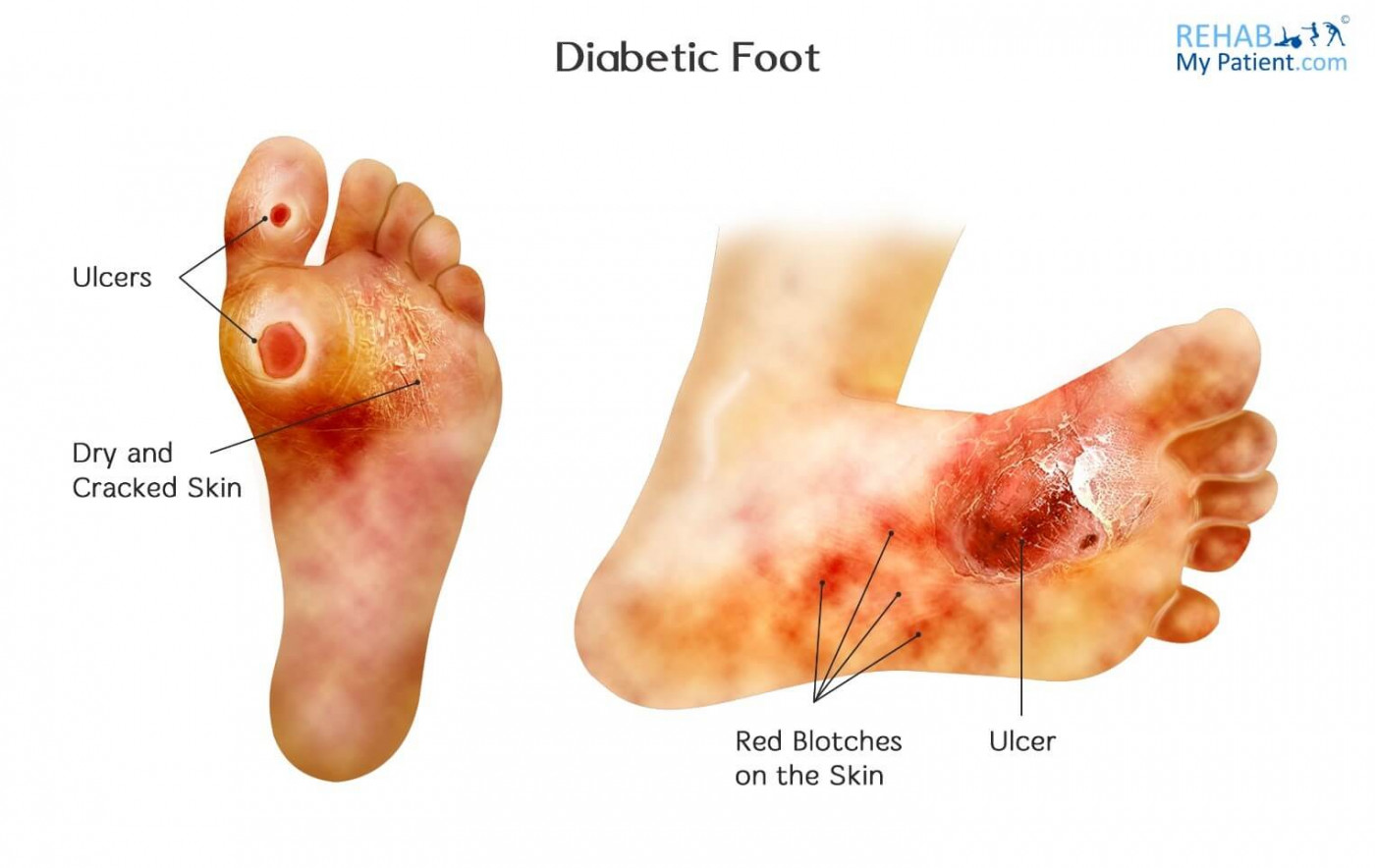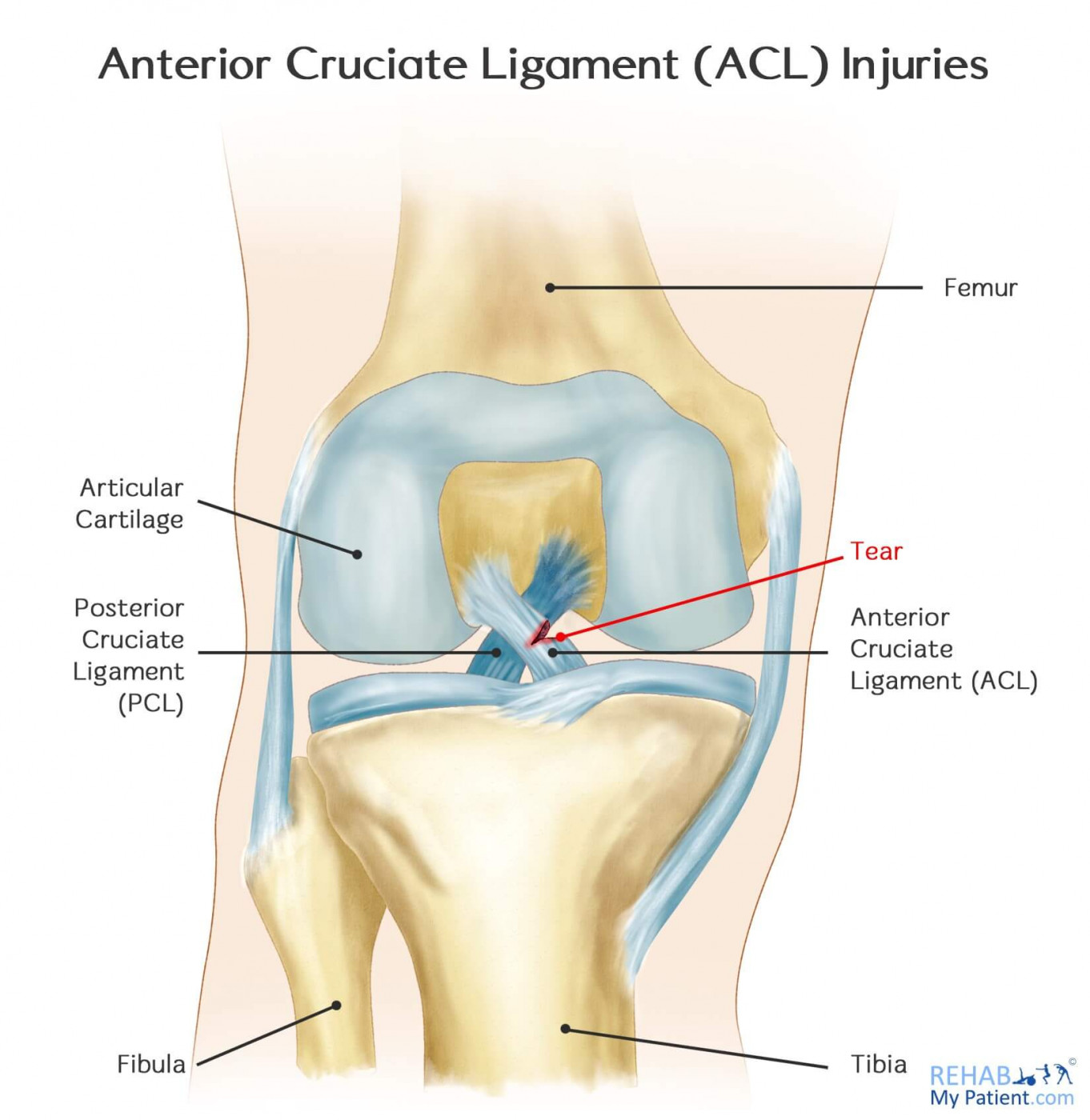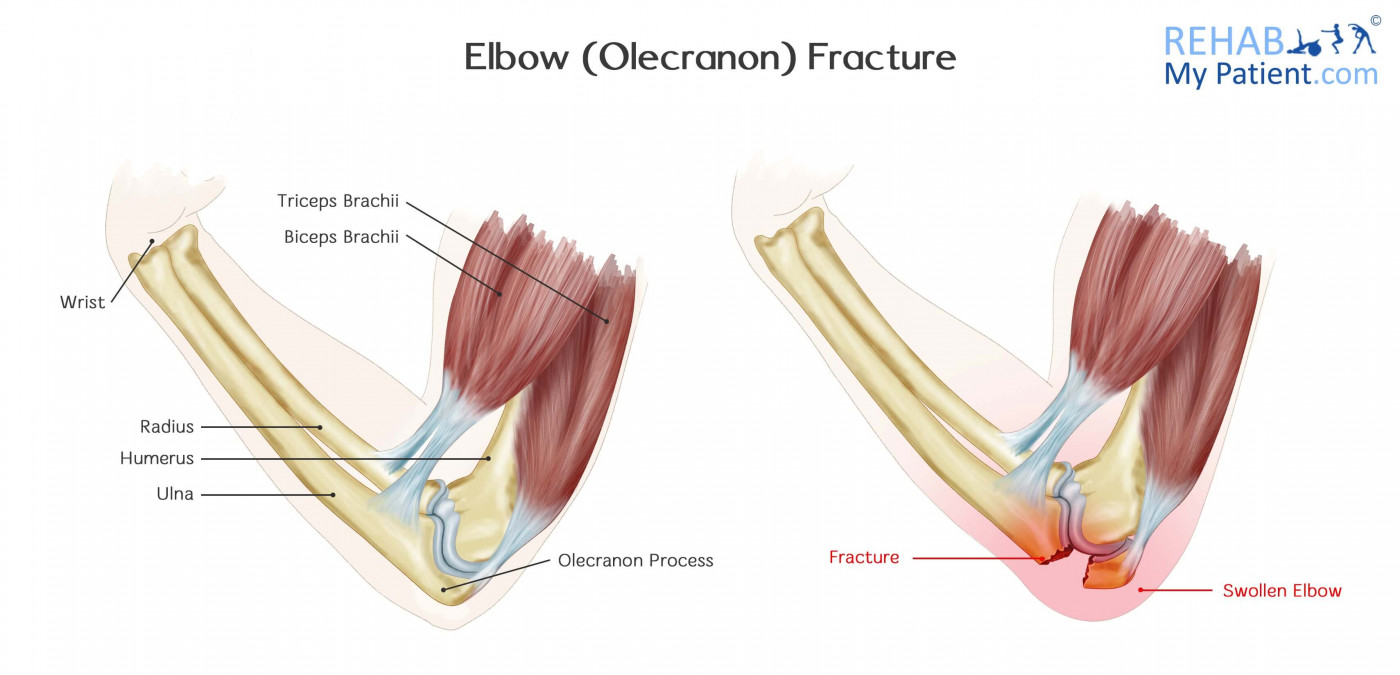The simplest definition of this condition is referred to a sprain of the main joint of the big toe. It happens whenever the toe ends up being bent up forcibly into hyperextension or hyperflexion. An example is when an individual is...
Articles
Expert Insights from Leading Physiotherapists: Unlock the Power of Knowledge

